OMA Managing Partner – Architect David Gianotten made a fleeting visit for Sydney Design Week, catching up with our editor before his talk, ‘Beyond Architecture’.

Taipei Performing Arts Center, photograph by Shephotoerd Co. for OMA.
September 18th, 2024
Sydney Design Week recently has returned for 2024, with Powerhouse presenting the event from 13-19th September. A series of talks brought a strong set of local and international speakers to this year’s event, with OMA’s David Gianotten giving a public lecture on Friday 13th September at the University of Technology Sydney. ‘Beyond Architecture’ explored questions of community-led architecture, the nature of the profession today and the importance of collaborative practice.
At the heart of Gianotten’s message – which, he is at pains to stress, is not a prescriptive one – is an understanding of architecture as collaborative. More specifically, that means collaboration between all kinds of different parties – not just the design team, but everyone from a hospitality entrepreneur to end-users in a local community. He spoke about AIR, a multifaceted, genre-busting project as an example.
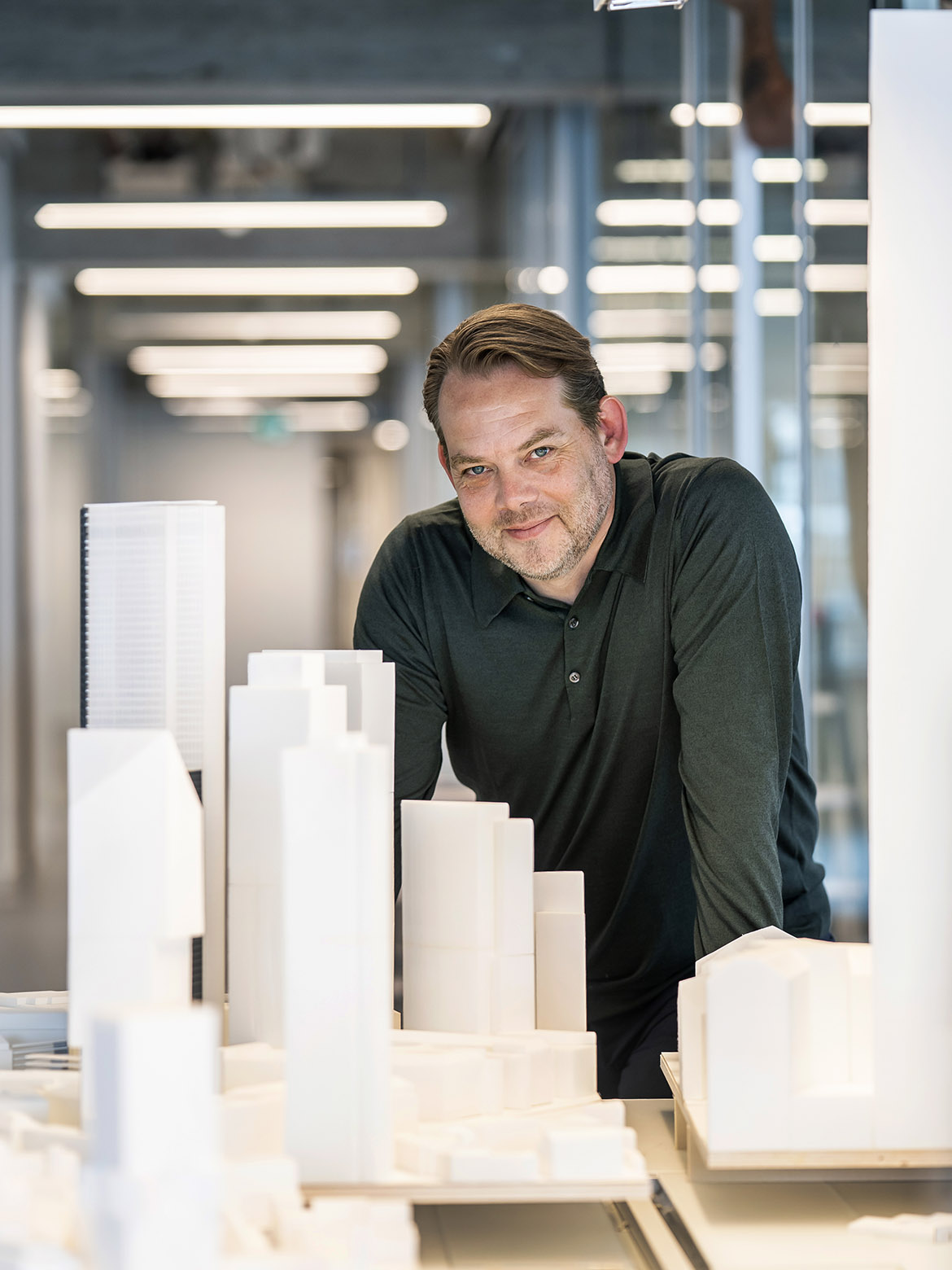
As we described the Singapore project in a story earlier this year: AIR Circular Campus and Cooking Club is nothing if not collaborative, and even less if not a typology-bending project that cuts across and combines different areas of design. OMA has worked with Ronald Akili, co-founder of Potato Head and a previous collaborator the international architecture practice, as well as chefs Matt Orlando of Amass and Will Goldfarb of Room4Dessert; in an era increasingly concerned with sustainable consumption, Akili approached OMA’s David Gianotten and Shinji Takagi with ideas about tourism and hospitality innovation in Southeast Asia.
Sitting down with Gianotten at the Ace Hotel ahead of his talk for Sydney Design Week, he spoke about how the practice is “doing a lot of projects that are trying to […] go beyond the normal question… Very often even in collaboration with clients who don’t even really know where they want to start.”
He continues: “The power of the office [OMA] is that we are continually trying to push the envelope. I think that if you do what is already currently available in the best possible way, you’re not pushing the envelope.”
Related: Keinton Butler on Sydney Design Week 2023

Gianotten’s evening lecture to a packed audience certainly illustrated what he means by this approach that refuses to accept and regurgitate the assumed terms and scope of architectural engagement. A project in the Democractic Republic of Congo named White Cube LIRCAEI, for example, straddles art, community empowerment, postcolonial activism as well as building design.
There, OMA created a site with housing, conference centre and ‘white box’ as commentary on the place of the art gallery in the West. The sculptural works of local people are reconstituted in chocolate as pieces for display in London and New York, with monies raised then being invested into the site.

Potato Head Studios, meanwhile, is a hotel in Seminyak, Bali, that is receiving significant attention for its sustainability credentials. Local artists, craftspeople and performers are central to the operation. “We try to make and pursue an agenda about architecture without only looking for commercial gain,” says Gianotten.
“In every project, we truly believe that collaboration is key,” he continues, while also emphasising his opposition to top-down approaches. This latter point is perhaps most vividly illustrated at Taipei Performing Arts Center, a remarkable project that quite literally preserves the bottom-up life of street food markets by raising the theatre complex almost completely off the ground.

“We’re in a very fortunate position as architects because we see so many layers of society, and we’re able to investigate all these layers if we’re critical ourselves. A lot of architects just do what the brief asks, but we have so much access to all kinds of issues – economic, political, climate – that if you just try to solve them through architectural means, it will be very superficial. I think it’s our responsibility – because we have access – to take things out of all these different realms and try to bring them into design, into the conversation,” Gianotten concludes.
OMA
oma.com
Sydney Design Week
powerhouse.com.au

INDESIGN is on instagram
Follow @indesignlive
A searchable and comprehensive guide for specifying leading products and their suppliers
Keep up to date with the latest and greatest from our industry BFF's!

At the Munarra Centre for Regional Excellence on Yorta Yorta Country in Victoria, ARM Architecture and Milliken use PrintWorks™ technology to translate First Nations narratives into a layered, community-led floorscape.
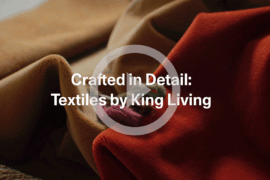
For a closer look behind the creative process, watch this video interview with Sebastian Nash, where he explores the making of King Living’s textile range – from fibre choices to design intent.

In an industry where design intent is often diluted by value management and procurement pressures, Klaro Industrial Design positions manufacturing as a creative ally – allowing commercial interior designers to deliver unique pieces aligned to the project’s original vision.
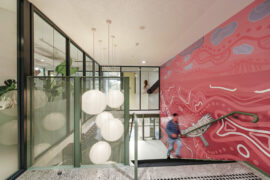
From radical material reuse to office-to-school transformations, these five projects show how circular thinking is reshaping architecture, interiors and community spaces.
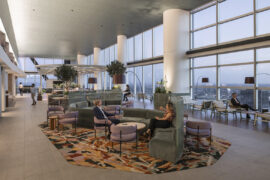
Designed by Woods Bagot, the new fit-out of a major resources company transforms 40,000-square-metres across 19 levels into interconnected villages that celebrate Western Australia’s diverse terrain.

In an industry where design intent is often diluted by value management and procurement pressures, Klaro Industrial Design positions manufacturing as a creative ally – allowing commercial interior designers to deliver unique pieces aligned to the project’s original vision.
The internet never sleeps! Here's the stuff you might have missed
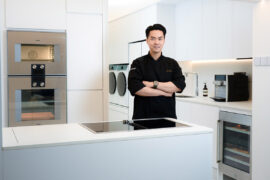
Now cooking and entertaining from his minimalist home kitchen designed around Gaggenau’s refined performance, Chef Wu brings professional craft into a calm and well-composed setting.
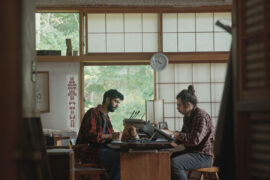
AHEC has produced a documentary exploring forestry and stewardship through long-term forest management and human responsibility.
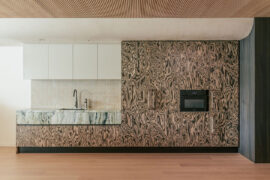
Trust sits at the core of Everton Buildings’ new office, where Ambit Curator was given licence to move beyond convention and deliver a workplace defined by vision, materiality and assured detail.

In an industry where design intent is often diluted by value management and procurement pressures, Klaro Industrial Design positions manufacturing as a creative ally – allowing commercial interior designers to deliver unique pieces aligned to the project’s original vision.